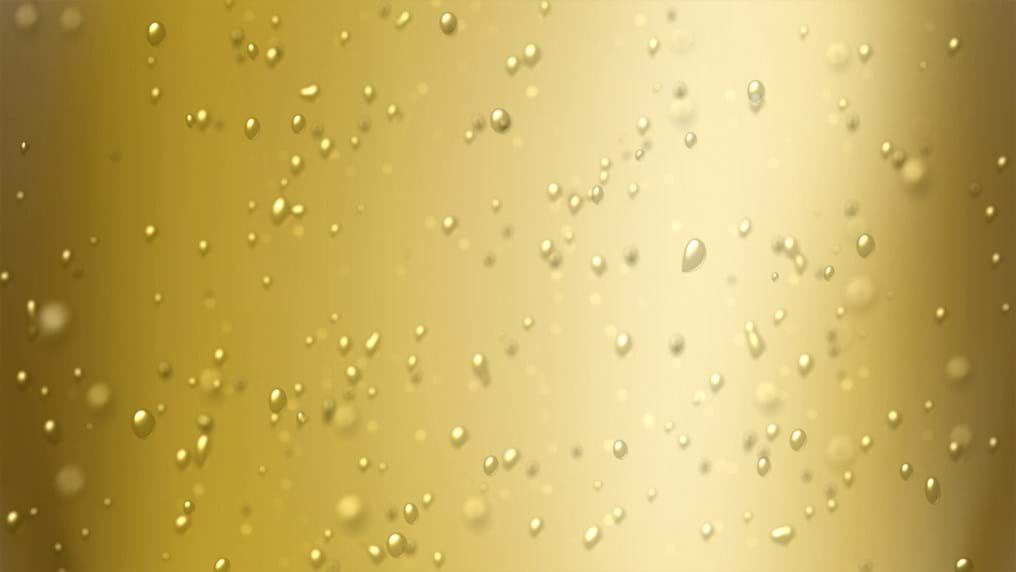Magnets and wine (Day 3)

30th May 2014
The alchemy of wine-making is centuries old. Many traditional methods are still used and the subtle aromas, delicate tastes and overall drinking experiences of fine wines are valued and celebrated all over the world.

But that doesn't stop inventive engineers taking a fresh look at wine production in their quest to reduce costs and improve efficiencies.
Connoisseurs of sparkling wines will know that part of the process involves a secondary fermentation to produce the bubbles and a period of up to 60 days to allow the waste yeast to collect in the neck of the bottle. To remove the yeast, the bottle neck is plunged into freezing liquid and the frozen yeast extracted with the aid of the internal pressure in the bottle produced by CO2.
However, a European research team at the University of Ljubljana have found a way to attach magnetic nanoparticles to the surface of yeast. With the use of magnets, waste yeast extraction takes just 15-20 minutes – over 4,000 times faster than the traditional method.
The yeast remains unaltered by being magnetised, even after fermentation, and sensory tests suggest the wine’s bouquet, mouth feel, body, taste, bubble size and overall drinking experience is unaffected by the process.
It's clever stuff and has created lots if interest around the world. In an era when there is constant pressure to save time and energy, this is a great example of chemical engineering principles offering new and alternative solutions - even for millennia old industries such as wine-making.